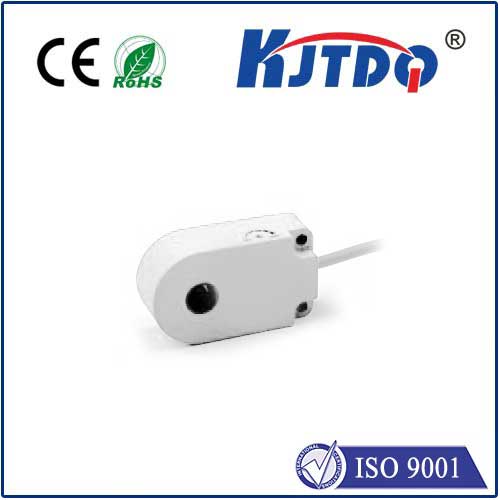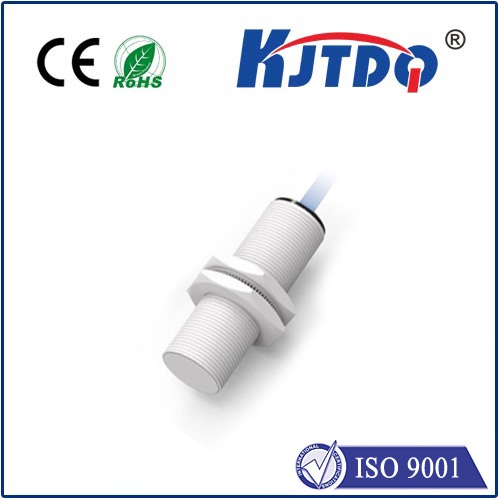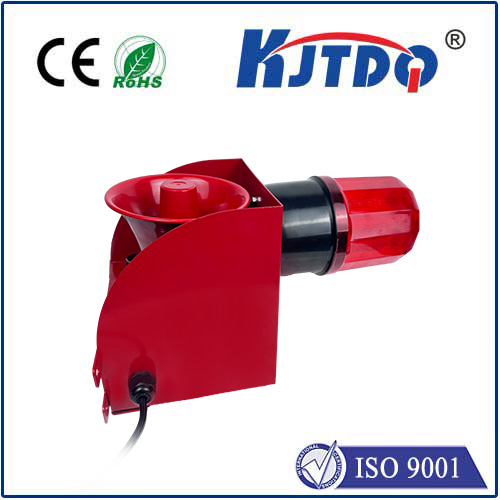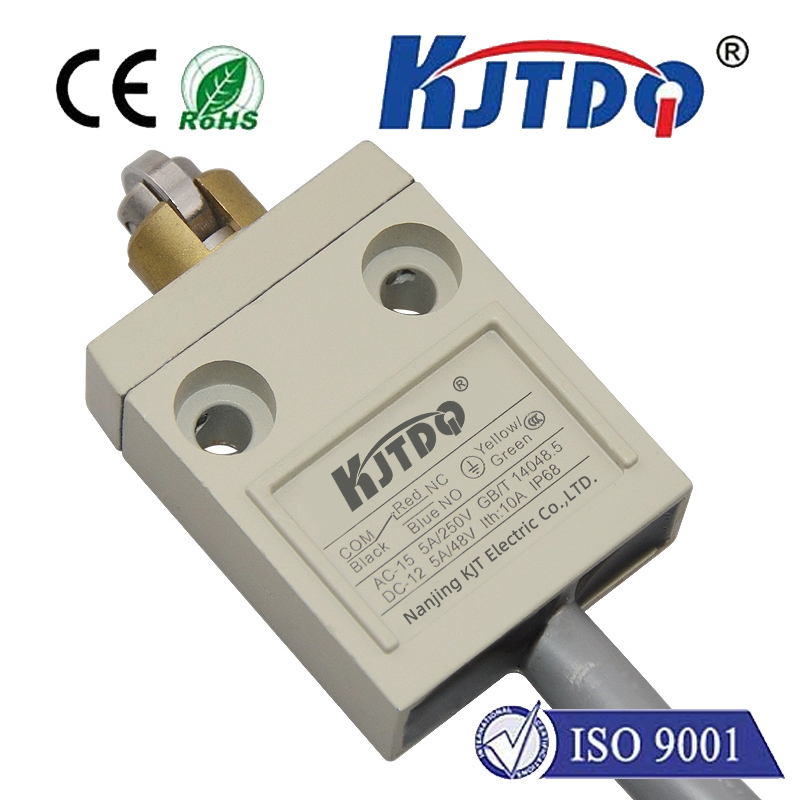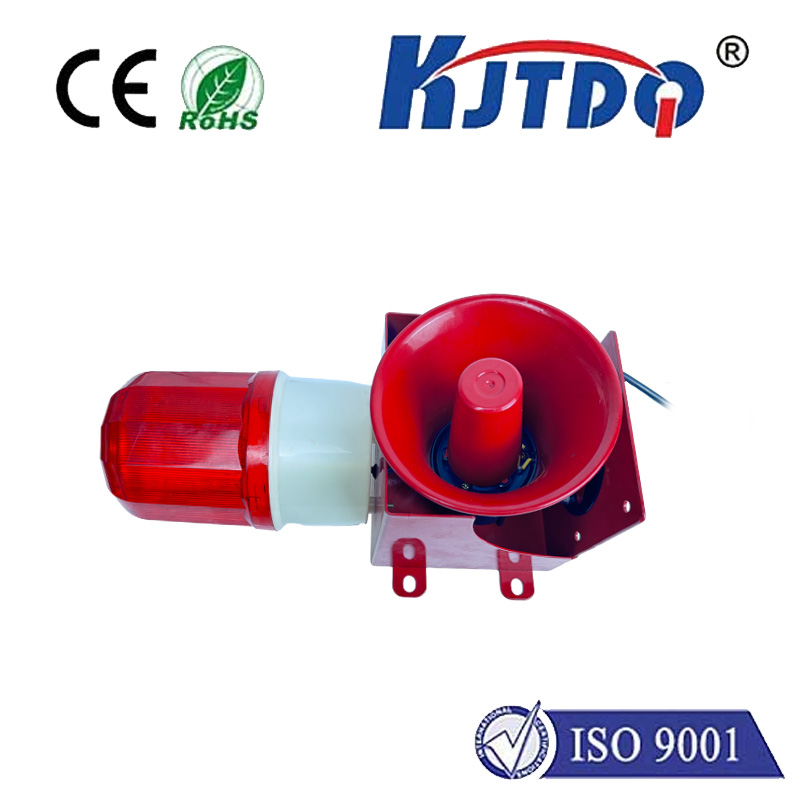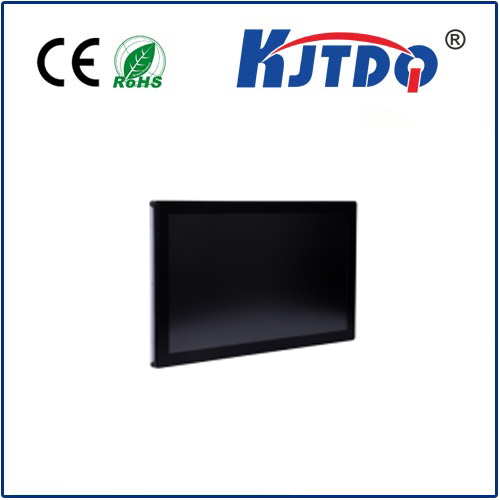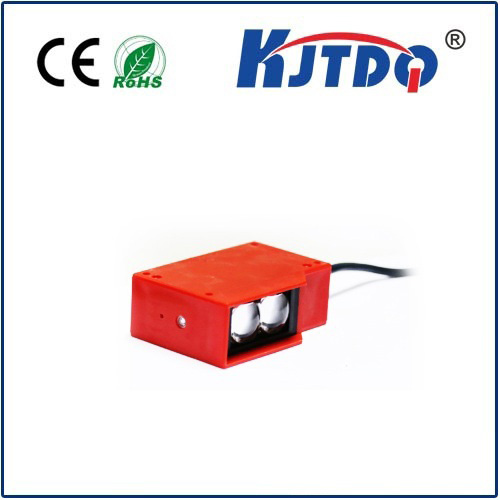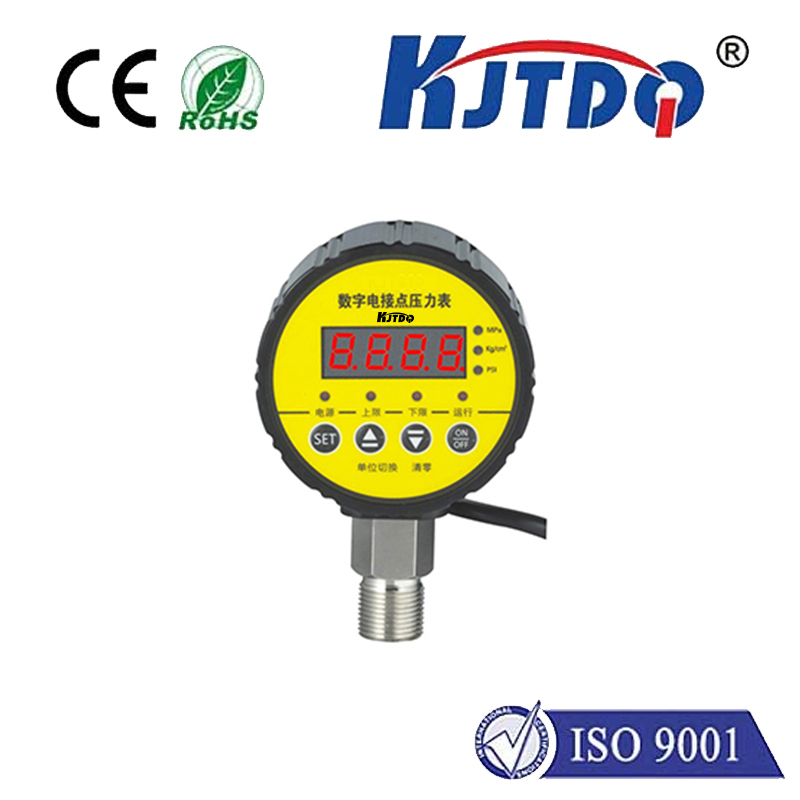
check

check

check

check
Laser Photoelectric Transmitter and Receiver Sensor
As technology advances, the demand for precise and efficient communication systems continues to grow. In this regard, the laser photoelectric transmitter and receiver sensor has emerged as a revolutionary solution in the field of optical communication. This innovative device utilizes the principles of light emission and detection to transmit and receive data at high speeds, making it an essential component in various industries such as telecommunications, automotive, and aerospace.
The Laser Photoelectric Transmitter and Receiver Sensor: A Breakthrough in Optical Communication
The laser photoelectric transmitter and receiver sensor is a sophisticated device that operates on the principle of converting electrical signals into light signals and vice versa. The transmitter portion of the sensor emits light pulses representing digital data, which are then transmitted through an optical fiber or free space. The receiver portion detects these light pulses and converts them back into electrical signals, thereby reconstructing the original data.

One of the key advantages of this sensor is its ability to achieve high-speed data transmission rates. Unlike traditional copper wire-based systems, which suffer from signal degradation over long distances, the laser photoelectric transmitter and receiver sensor can maintain consistent performance even over vast distances. This is due to the fact that optical signals do not experience any significant loss or interference during transmission.
Another notable feature of this sensor is its exceptional accuracy and sensitivity. By utilizing advanced photodetectors and amplifiers, the receiver portion of the sensor can detect extremely faint light signals with minimal noise. This allows for highly reliable data transmission, even in challenging environments such as those with low light levels or high electromagnetic interference.
In addition to its technical capabilities, the laser photoelectric transmitter and receiver sensor offers several practical benefits. For instance, it requires less power than traditional communication systems, resulting in reduced energy consumption and lower operating costs. Furthermore, since optical fibers used in conjunction with this sensor have a smaller diameter than copper wires, they occupy less space and are easier to install, especially in tight or complex environments.
Applications of the Laser Photoelectric Transmitter and Receiver Sensor
Given its numerous advantages, the laser photoelectric transmitter and receiver sensor has found widespread applications across various industries. In the telecommunications sector, it is extensively used for transmitting voice, video, and data over long distances. It also plays a crucial role in the deployment of broadband internet services, enabling faster download and upload speeds for consumers.
In the automotive industry, this sensor is utilized for vehicle-to-vehicle (V2V) and vehicle-to-infrastructure (V2I) communication systems. These systems enable real-time exchange of information between vehicles and road infrastructure, enhancing safety and reducing traffic congestion. Moreover, the sensor's compact size makes it ideal for integration into modern vehicles without compromising their design or functionality.
In the aerospace industry, the laser photoelectric transmitter and receiver sensor is employed for satellite communication and navigation systems. Its ability to provide accurate and reliable data transmission ensures that critical information such as position coordinates, weather patterns, and other vital data can be effectively communicated between ground stations and satellites in orbit.
Conclusion
The laser photoelectric transmitter and receiver sensor represents a significant advancement in optical communication technology. With its high-speed data transmission capabilities, exceptional accuracy, and practical benefits such as reduced power consumption and ease of installation, this innovative device has become an essential component in various industries ranging from telecommunications to automotive and aerospace. As we continue to rely more heavily on digital communication systems, the importance of devices like the laser photoelectric transmitter and receiver sensor will only grow, ensuring that our technological progress remains on track towards greater efficiency and reliability.
